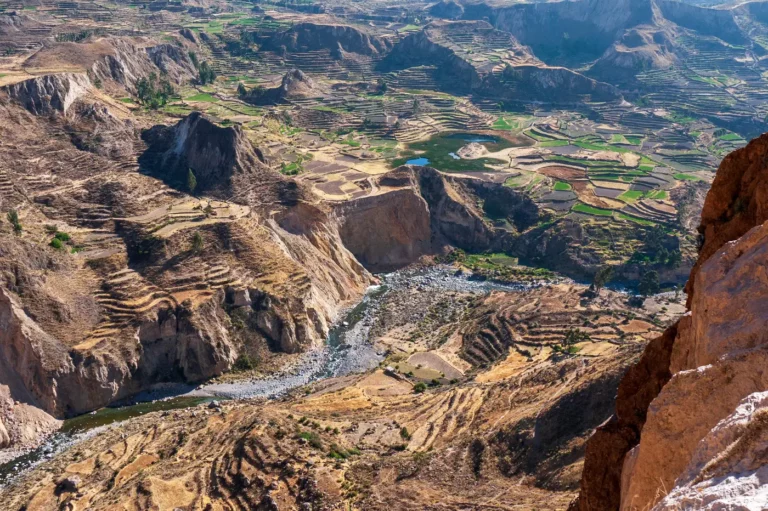Overview
Journey to the Heath River, staying at Heath River Wildlife Center, and then Lake Sandoval Lodge for an exceptional Amazon experience in the best pristine rainforest and stay in the most comfortable lodges in the Upper Amazon Basin. A great combination of remoteness and comfort. The Heath River, a tributary of the the Madre de Dios River, forms the border between Peru and Bolivia southeast of Cuzco. On the right bank (the Bolivian side) is Madidi National Park; the left bank is part of Peru’s Tambopata Candamo Reserve. Close to the lodge you observe wildlife in diverse terrain, including open grasslands and primary rainforest. Additionally there is a clay lick near the lodge which attracts macaws and other colorful birds. Heath River Lodge is a long trip from Puerto Maldonado, but well worth the effort.
Itinerary
5-DAY/4-NIGHT & 6-DAY/5-NIGHT ITINERARIES
FOR THE 6-DAY/5-NIGHT PROGRAM: Days 5-6 are as follows:
Included: transportation from Puerto Maldonado airport to Heath River Wildlife Center & Sandoval Lodge to Puerto Maldonado; private bungalows with private bathrooms at Heath River Lodge and Sandoval Lake Lodge; all meals and snacks; purified drinking water and juices; bilingual naturalist guide; all rainforest and lake excursions; Tambopata National Reserve entrance fee;
Excluded: domestic flights within Peru, alcoholic beverages, tips to guide and staff and international flights.
Important note : please note that all macaw and parrot licks in southern Peru are less active in May, June and early July than in other months.
Departures: All Year; 5 or 6 Day Fixed Departures Mon & Thu; or any day, year-round
Note: Departures on days other than fixed departures available at additional cost. See rates below:
2025 Rates, per person
| Twin | Single | |
|---|---|---|
| 3 nights | $756 | $913 |
| 4 nights | $980 | $1,190 |
| 5 nights | $1,117 | $1,379 |
Coming soon!
Quick Facts
- Enjoy the Amazon from the only eco-lodge on the Heath river
- Spy the gathering of macaws & parrots from the floating hide just 30m/100ft from the lick
- 4 & 5 night lodge-based programs, fixed departures or any day
- Forest and lake excursions led by expert naturalist guides
- Overnights at Heath River Lodge and Sandoval Lake Lodge

